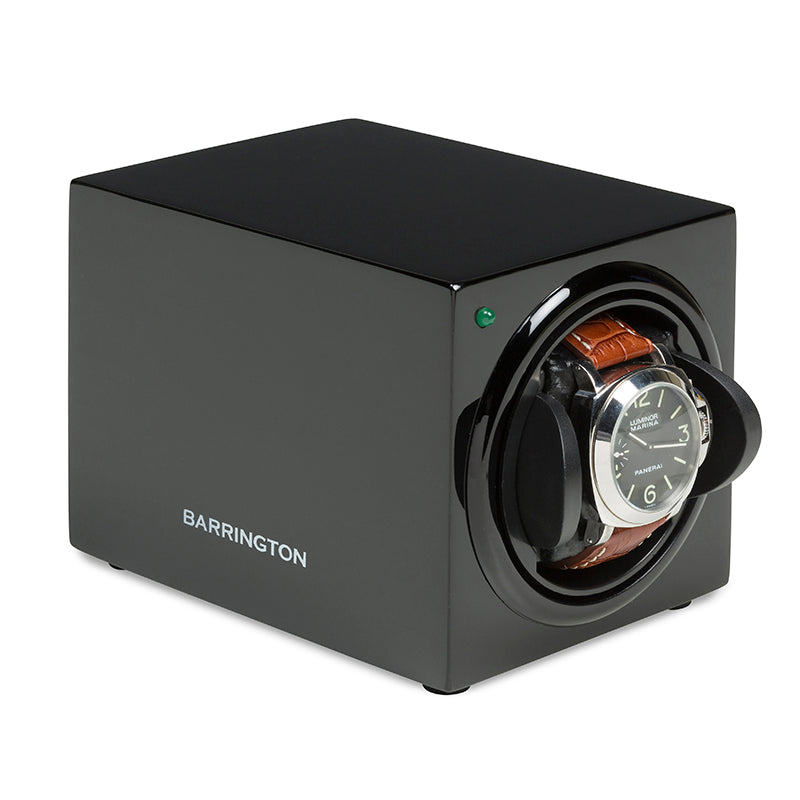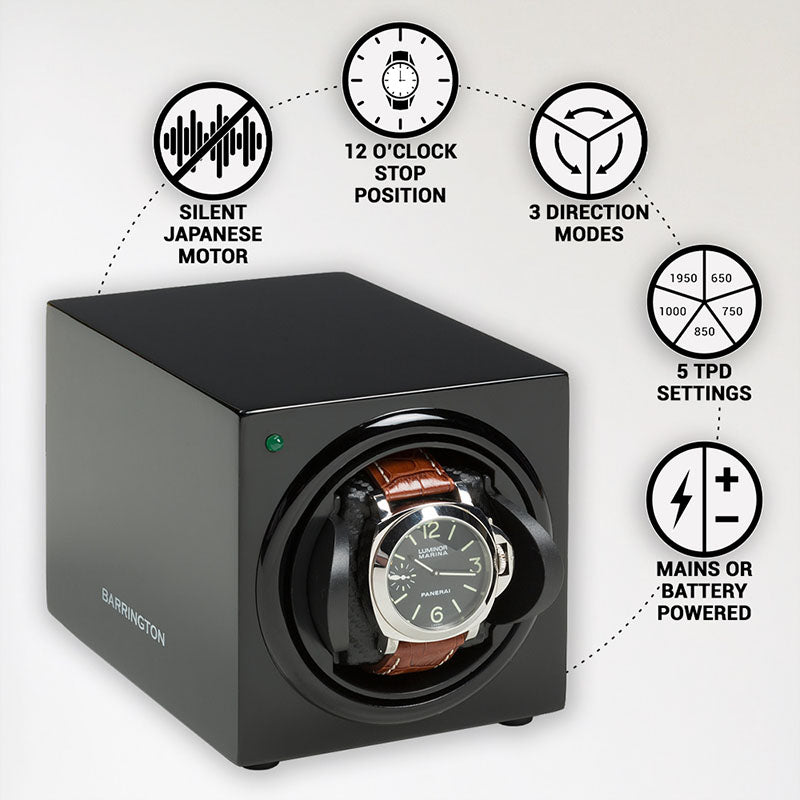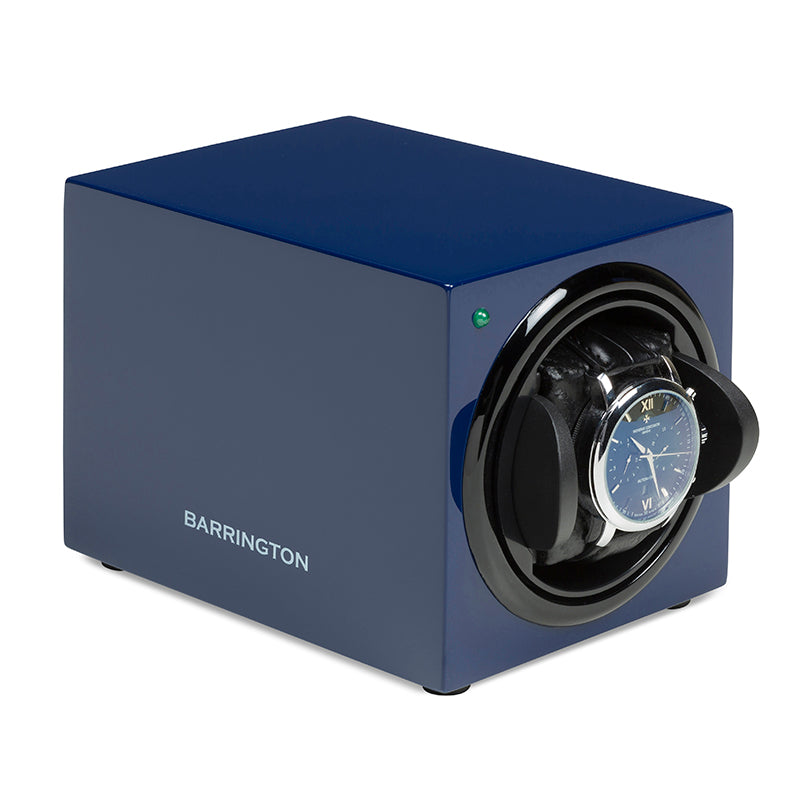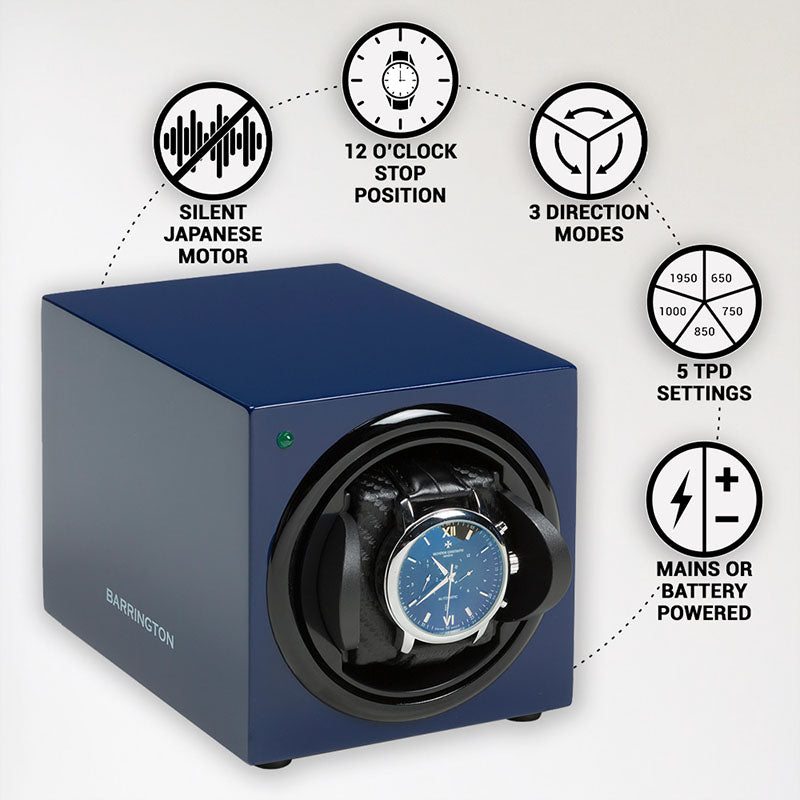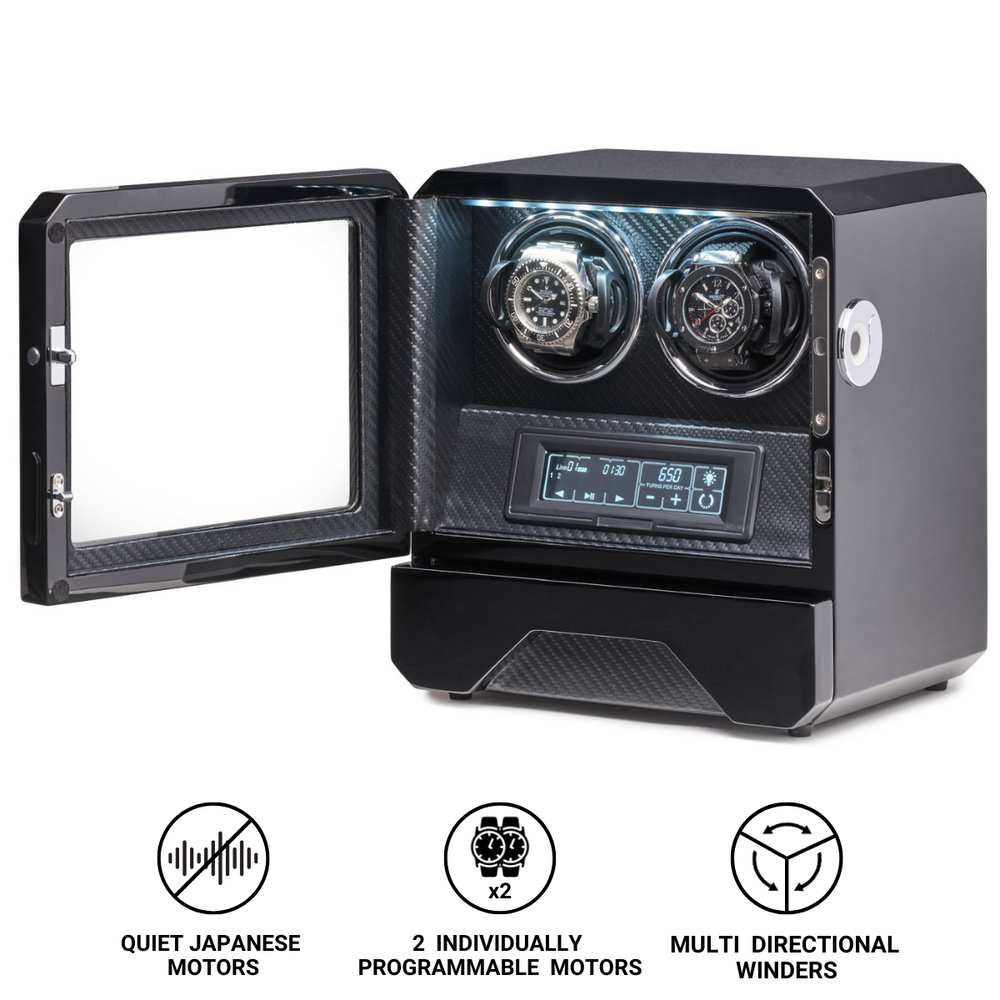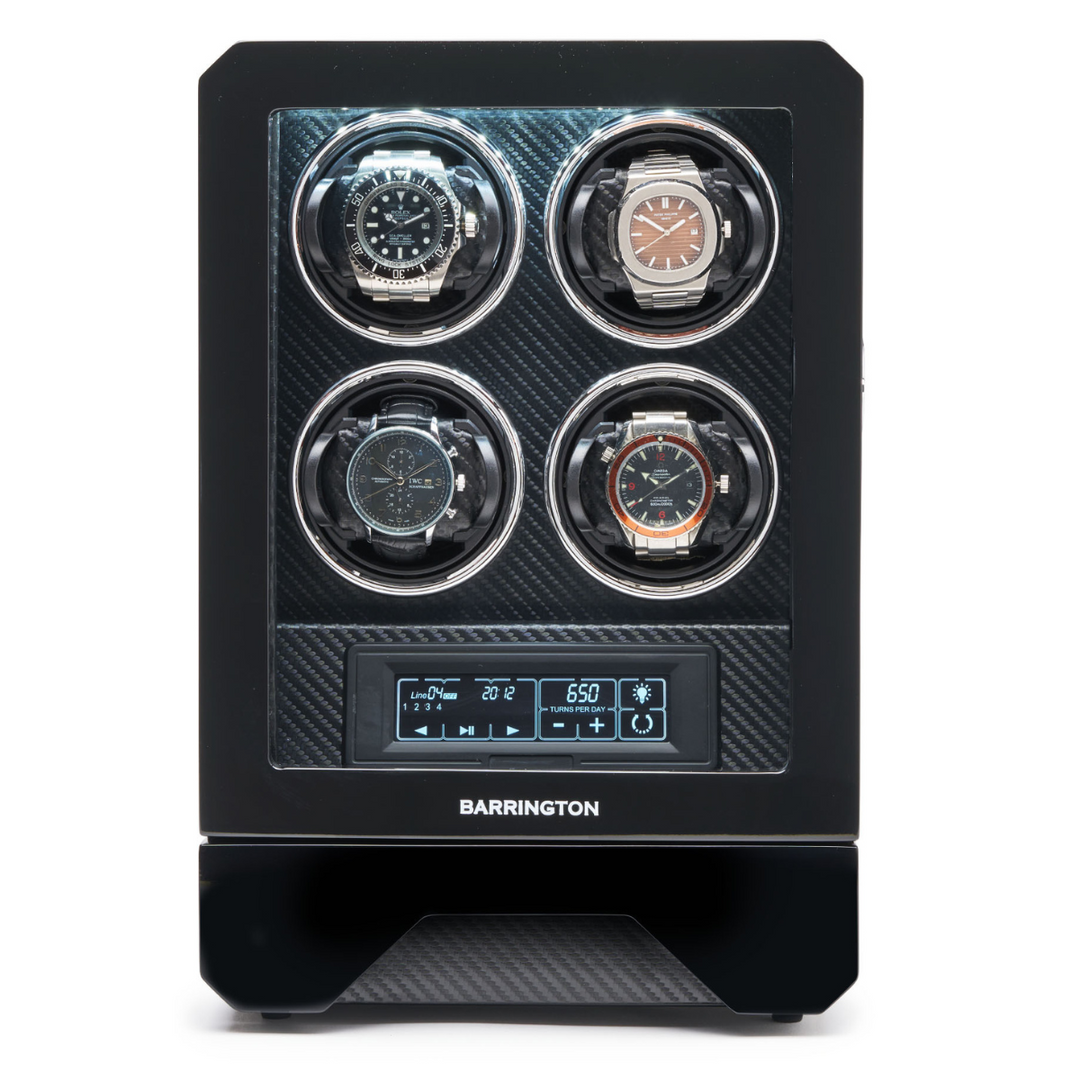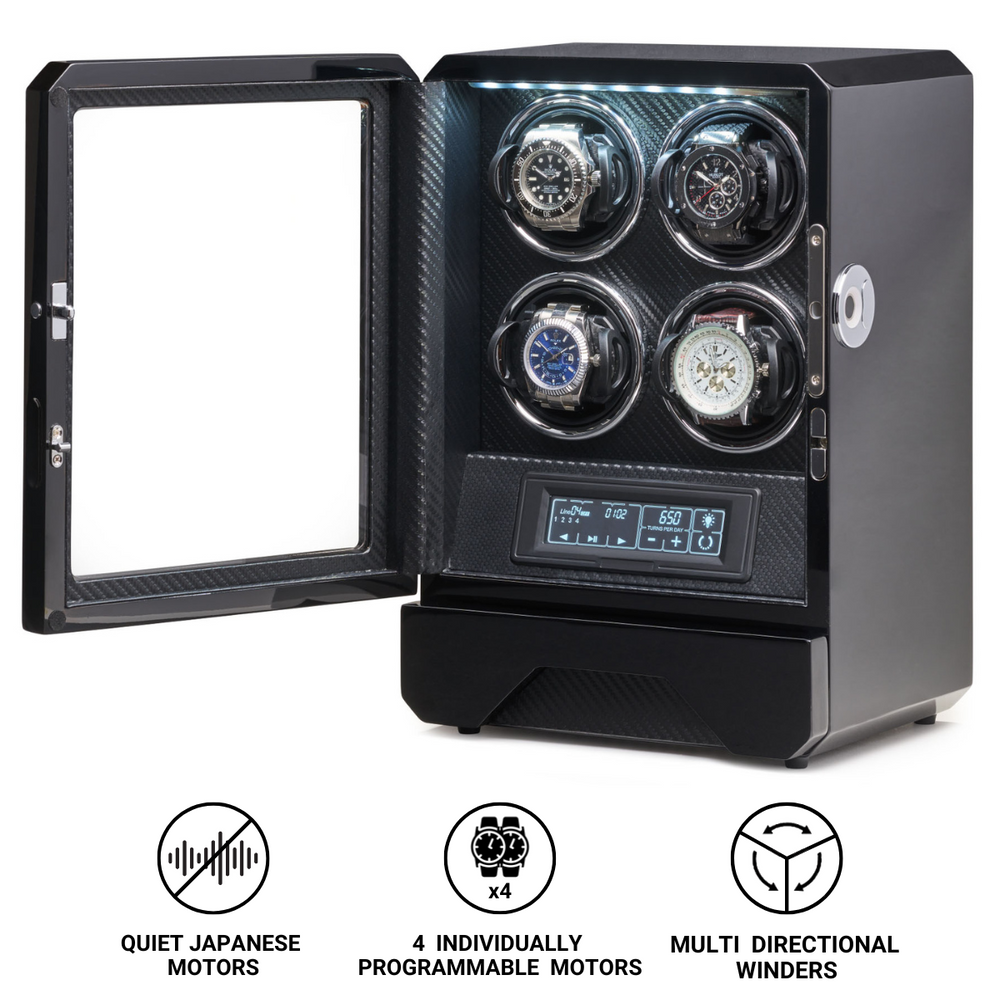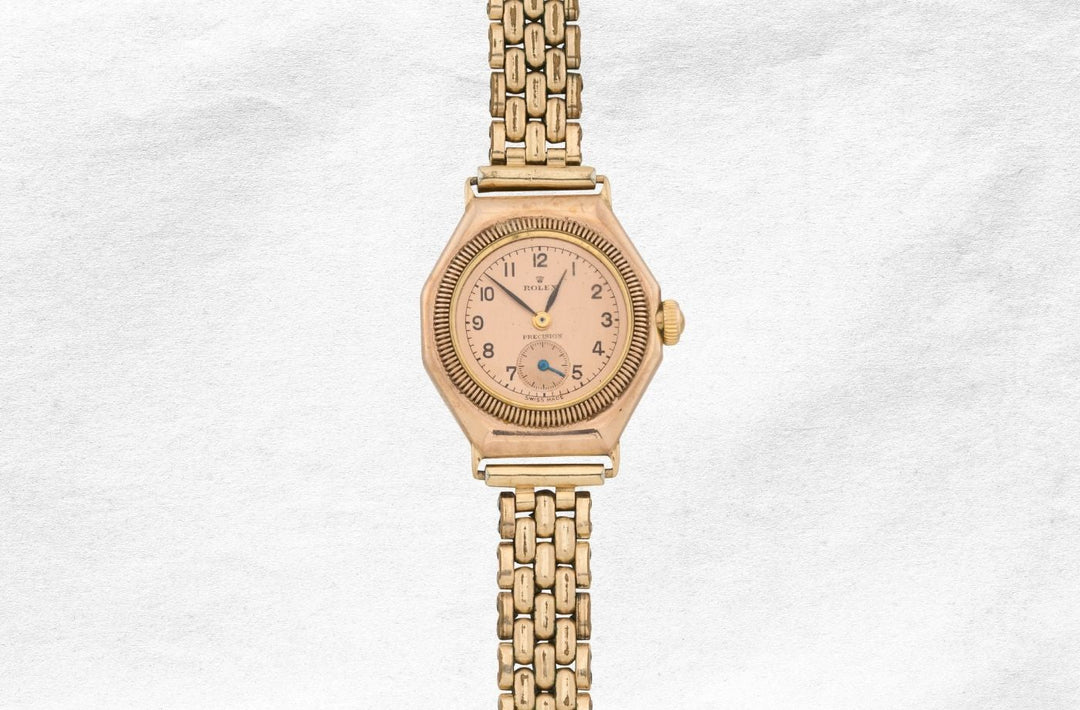Industry Update: Swiss Watch Exports in March 2025
According to the latest data from the Federation of the Swiss Watch Industry (FH), Swiss watch exports recorded a +1.5% year-on-year increase in March 2025. This modest rise reflects a partial recovery after a sluggish start to the year. Yet, the cumulative figures for the first quarter reveal a slight decline of -1.1%, suggesting a market still finding its footing amid shifting global dynamics.
Sector Performance: Steel Stands Strong
The leading growth segment in March was stainless steel watches, with export value rising by +5%. This segment, which historically represents around a third of the total export value, continues to benefit from its balance of durability, versatility, and consumer accessibility across both sports and classic models.
The precious metal category (typically white, yellow, and rose gold models) edged up by +1.9%, while bi-metallic (steel and gold) watches saw a more subdued +1.0% growth. These figures reflect a continuation of the premiumisation trend, where consumers gravitate towards higher-end models with perceived investment value and enduring design.
Despite these gains, total unit volume dropped by approximately 55,000 timepieces, underscoring a market leaning towards value over volume. The sharpest contractions were seen in the “Other metals” category (-23.6%) and “Other materials” (e.g., composites, ceramics) at -17.8%, sectors typically associated with more experimental or entry-level offerings.
Price Segments: Polarisation Persists
A closer look at pricing trends reveals growing market polarisation. Timepieces with export values above CHF 500 rose by +1.9%, maintaining their dominant share of the market. This category includes both entry-level luxury brands and the haute horlogerie segment, and is often driven by strong demand for established icons and limited editions.
By contrast, the CHF 200–500 segment — historically significant for younger or aspirational buyers — suffered a sharp contraction of -17.5%. This continues a longer-term trend where the lower end of the market is squeezed by competition from smartwatches and shifting consumer values, especially in mature economies.
Global Markets: The West Outpaces Asia
In terms of destination markets, the United States remained the clear frontrunner, with +13.7% growth year-on-year. The American market has been a consistent performer for Swiss watchmakers in recent years, buoyed by strong domestic consumption, a growing collector base, and favourable exchange rates.
The United Kingdom also delivered a strong surprise in March with a +10.6% gain, reflecting stable consumer confidence in the luxury segment and a resurgence in high-end retail following an improved macroeconomic outlook. Additionally, Japan maintained steady momentum with a +1.1% rise, underpinned by a loyal consumer base that values traditional craftsmanship and discreet luxury.
Conversely, the situation in Asia remains challenging. Both mainland China (-11.5%) and Hong Kong (-11.3%) reported continued declines. Although these declines are less steep than in previous months, they reflect ongoing caution among consumers due to economic headwinds, changing spending habits, and a diminished appetite for overt luxury.
Singapore, which had been a bright spot in recent quarters, slipped into negative territory with a -1.8% drop, possibly influenced by a slowdown in regional tourism and high stock levels among retailers.
Broader Context: Industry Outlook
The first quarter’s soft performance aligns with wider macroeconomic pressures. Persistently high interest rates in several Western economies, lingering geopolitical uncertainties, and China’s uneven post-COVID recovery have collectively tempered luxury spending in certain segments.
That said, Swiss watch exports remain historically strong. In 2023, the industry recorded its highest export value on record — CHF 26.7 billion — and the current year, while showing short-term volatility, is expected to stabilise, particularly as brands recalibrate their collections and distribution strategies.
A notable trend to watch is the shift toward more selective wholesale partnerships and increased direct-to-consumer initiatives, especially in Western markets. Many maisons are also investing in sustainability messaging and heritage storytelling — strategies that resonate well with millennial and Gen Z buyers, who now represent a growing share of the market.
Conclusion
While March 2025 brought a glimmer of growth for Swiss watch exports, the first quarter as a whole paints a picture of cautious recalibration. Strength in high-value segments and Western markets continues to offer resilience, but pressure remains in Asia and the mid-range sector. As brands prepare for the key trade events of the year, including Watches and Wonders Geneva, the industry remains focused on quality over quantity — a mantra that has long underpinned the enduring prestige of Swiss watchmaking.


